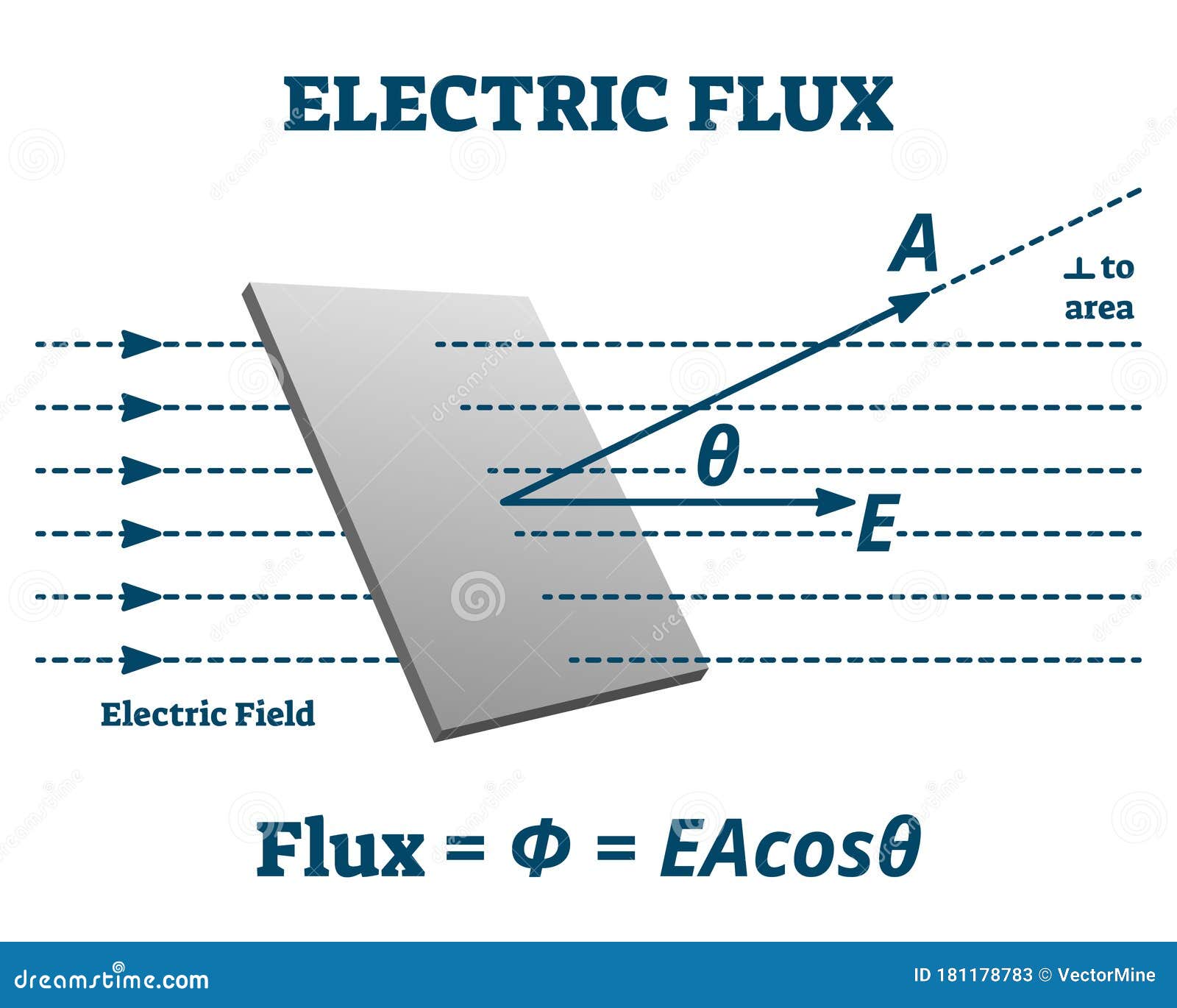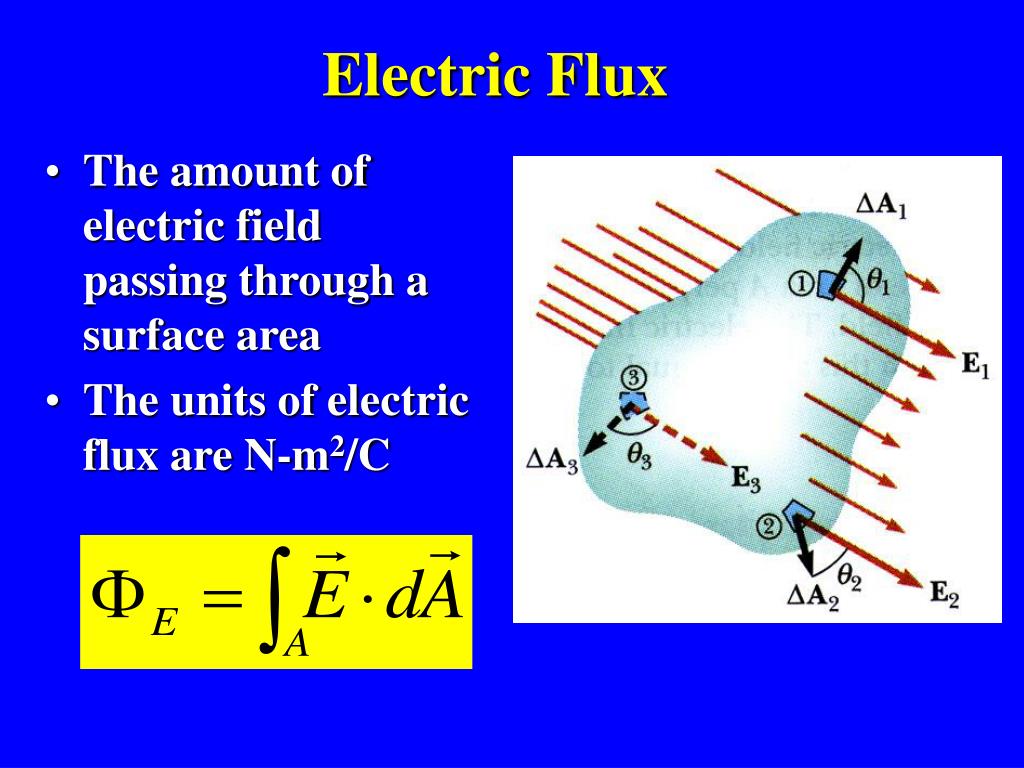
Description Electric field of a positive point electric charge suspended over an infinite sheet of conducting material. The derived SI unit for the electric field is the volt per meter (V/m), which is equal to the newton per coulomb (N/C). The electric field is defined as a vector field that associates to each point in space the electrostatic ( Coulomb) force per unit of charge exerted on an infinitesimal positive test charge at rest at that point. Similarly, the interaction in the electric field between atoms is the force responsible for chemical bonding that result in molecules. In atomic physics and chemistry, for instance, the interaction in the electric field between the atomic nucleus and electrons is the force that holds these particles together in atoms. Electric fields and magnetic fields are both manifestations of the electromagnetic field, one of the four fundamental interactions (also called forces) of nature.Įlectric fields are important in many areas of physics, and are exploited in electrical technology. Electric fields originate from electric charges and time-varying electric currents. It also refers to the physical field for a system of charged particles.


An electric field (sometimes E-field ) is the physical field that surrounds electrically charged particles and exerts force on all other charged particles in the field, either attracting or repelling them. Textbook content produced by OpenStax is licensed under a Creative Commons Attribution License. Use the information below to generate a citation. Then you must include on every digital page view the following attribution: If you are redistributing all or part of this book in a digital format, Then you must include on every physical page the following attribution: If you are redistributing all or part of this book in a print format, Want to cite, share, or modify this book? This book uses the The wave energy is determined by the wave amplitude. In electromagnetic waves, the amplitude is the maximum field strength of the electric and magnetic fields ( Figure 16.10). If some energy is later absorbed, the field strengths are diminished and anything left travels on.Ĭlearly, the larger the strength of the electric and magnetic fields, the more work they can do and the greater the energy the electromagnetic wave carries. Once created, the fields carry energy away from a source. However, there is energy in an electromagnetic wave itself, whether it is absorbed or not. These fields can exert forces and move charges in the system and, thus, do work on them. Other times, it is subtle, such as the unfelt energy of gamma rays, which can destroy living cells.Įlectromagnetic waves bring energy into a system by virtue of their electric and magnetic fields.

Sometimes this energy is obvious, such as in the warmth of the summer Sun. Explain how the energy of an electromagnetic wave depends on its amplitude, whereas the energy of a photon is proportional to its frequencyĪnyone who has used a microwave oven knows there is energy in electromagnetic waves.Calculate the Poynting vector and the energy intensity of electromagnetic waves.Express the time-averaged energy density of electromagnetic waves in terms of their electric and magnetic field amplitudes.By the end of this section, you will be able to:


 0 kommentar(er)
0 kommentar(er)
